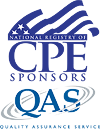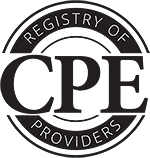Automated control auditing is the examination of a company's various financial processing systems to ensure they support the completeness, accuracy, and integrity of data transactions. Application controls are controls that ensure the full and correct input, processing and output of data transmission. During this course you learn about the various system edits, validations, balancing procedures, and alerting controls that can be implemented to prevent data processing errors and even fraud. We discuss automated controls to support data integrity, data validity, as well as transactional controls to support rights and obligations and existence and occurrence.
The objectives of application controls, which may be manual or programmed, are to ensure the completeness and accuracy of the records and the validity of the entries made therein. Application controls pertain to individual business processes or application systems, including data edits, separation of business functions, balancing of processing totals, transaction logging, and error reporting. This course has been developed to provide the advanced skills necessary to conduct audits of automated controls with precision and efficiency.
We walk through audit processes and procedures to ensure financial transactional control are in place and working as expected. Additionally, we will define segregation of duties that can be implemented to ensure the controls cannot be easily bypassed. Lastly, we will explore the value of automating financial controls.
Course Key Concepts: Automated controls, edits, validations, data integrity, audit, Sarbanes Oxley.
Prerequisites
No advanced preparation or prerequisites are required for this course.
Learning Objective
- Explore and examine how automated controls can be utilized to support data integrity.
- Recognize practical application of automated controls.
- Recognize the difference between data edits, data validations, balancing edits and error reporting.
- Identify key segregation of duties required to support automated financial controls.
Last updated/reviewed: March 28, 2024



Ask the instructor a question about this lesson